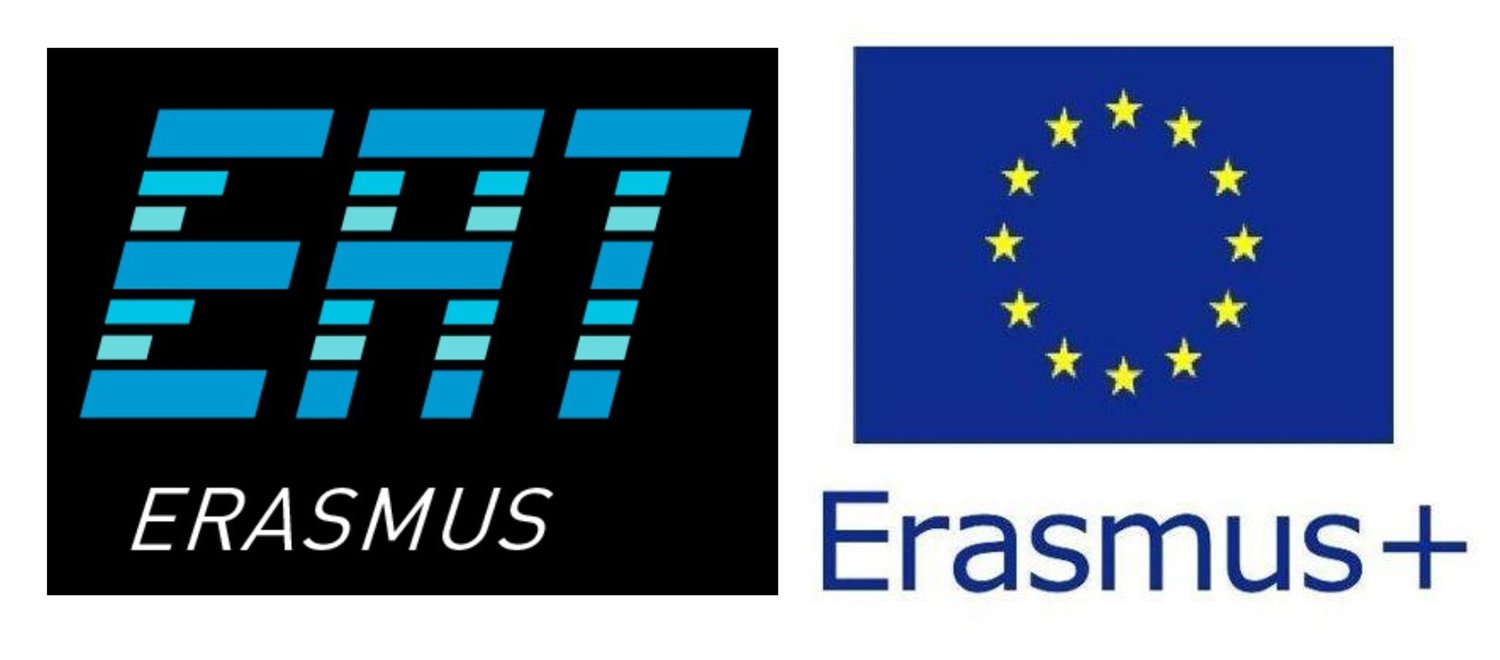1.3 What are the metacognitive, cognitive and affective dimensions of self-regulation?
Self-regulation can be viewed as a construct, a process, and an ability that can be developed within a supporting and engaging learning environment, whereby learners positively select, structure and create advantageous learning environment to maximise learning (Al’Adawi, 2020, p. 37). Of central importance is:
the extent to which learning environments enable students to be self-regulatory and whether students choose to adopt self-regulatory learning focused approaches.
Given the interaction of individual and contextual variables on learning processes, it is possible for learners to be able to self-regulate well in one context and not in another, and for that competence to vary over time.
Effective self-regulation is very much dependent on how well learners deploy cognitive (how one thinks), affective (how one feels), and metacognitive (understanding of how you learn) learning strategies in the achievement of goals (Zeidner et al., 2000).
Effective self-regulation operates at a number of levels: (i) within any given learning context, a learner needs to manage themselves, their interaction with others, and the requirements of the discipline and wider context; (ii) in managing the requirements of the context, a learner needs to plan and execute a strategy to realise their goals AND protect their wellbeing; (iii) a learner needs to utilise metacognitive, cognitive, and affective strategies in an integrated way to support learning.
Importantly, metacognitive, cognitive, and affective strategies work together to impact learning, and influence how a learner manages their own learning within specific contexts. For an outline of specific skills in each of these three areas see Table 1.1 below derived from Vermunt & Verloop (1999).
Table 1.1 Metacognitive, Cognitive and Affective Dimensions of Self-Regulation (Evans, 2014, 2015 b) drawing on Vermunt & Verloop, 1999)





